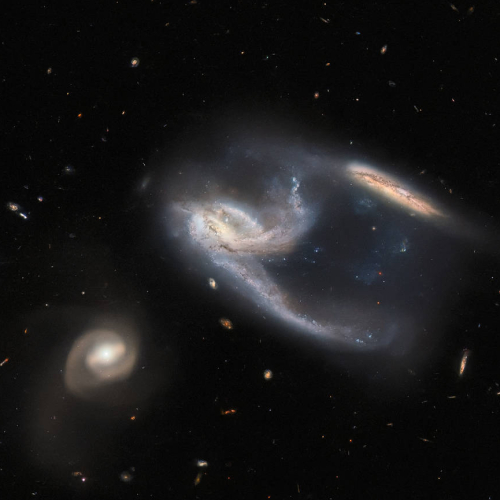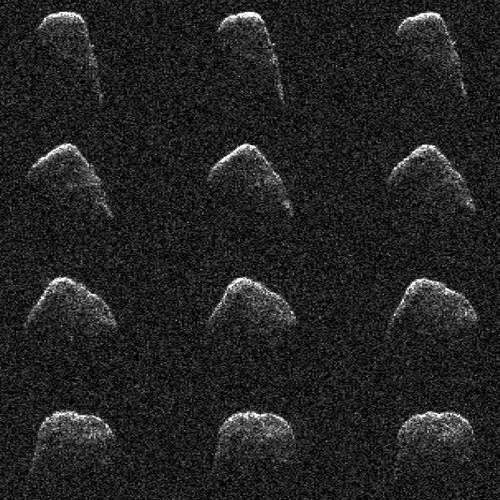Astronomers confirm asteroid discovered in 2020 is an Earth Trojan
Astronomers have now confirmed that an asteroid discovered in 2020, dubbed 2020 XL5, is an orbit that makes it the second Earth Trojan asteroid discovered, orbiting the Sun in the same orbit as the Earth but 60 degrees ahead of us.
In December 2020, 2020 XL5 was spotted by astronomers with the Pan-STARRS 1 survey telescope in Hawaii and added to the International Astronomical Union’s Minor Planet Center database. Amateur astronomer Tony Dunn went on to calculate the object’s trajectory using NASA’s publicly-available JPL-Horizon’s software and found that it orbits L4, the fourth Earth-sun Lagrange point, a gravitationally balanced region around our planet and star. 2010 TK7, the first-confirmed Earth Trojan asteroid, is also at L4.
The confirmation that it is definitely a Trojan was then made using both new observations as well as a review of archival images, allowing the astronomers to not only refine the asteroid’s orbit, but determine that it is a C-type asteroid, dark with lots of carbon. The data also suggests that in about 4,000 years, 2020 XL5 will drift from its Trojan point.
There are certainly more such asteroids, but detecting them is difficult from Earth because they can only be seen in twilight.
Astronomers have now confirmed that an asteroid discovered in 2020, dubbed 2020 XL5, is an orbit that makes it the second Earth Trojan asteroid discovered, orbiting the Sun in the same orbit as the Earth but 60 degrees ahead of us.
In December 2020, 2020 XL5 was spotted by astronomers with the Pan-STARRS 1 survey telescope in Hawaii and added to the International Astronomical Union’s Minor Planet Center database. Amateur astronomer Tony Dunn went on to calculate the object’s trajectory using NASA’s publicly-available JPL-Horizon’s software and found that it orbits L4, the fourth Earth-sun Lagrange point, a gravitationally balanced region around our planet and star. 2010 TK7, the first-confirmed Earth Trojan asteroid, is also at L4.
The confirmation that it is definitely a Trojan was then made using both new observations as well as a review of archival images, allowing the astronomers to not only refine the asteroid’s orbit, but determine that it is a C-type asteroid, dark with lots of carbon. The data also suggests that in about 4,000 years, 2020 XL5 will drift from its Trojan point.
There are certainly more such asteroids, but detecting them is difficult from Earth because they can only be seen in twilight.


